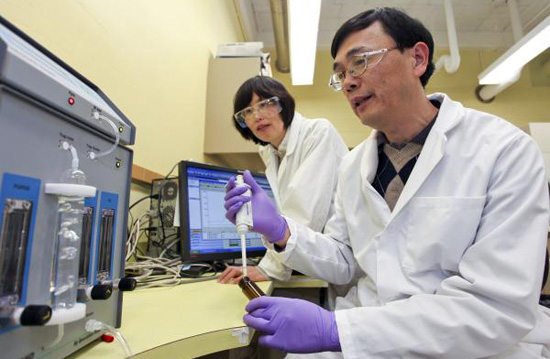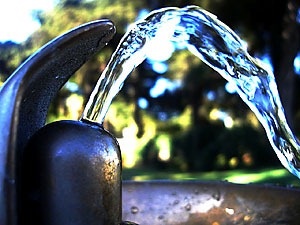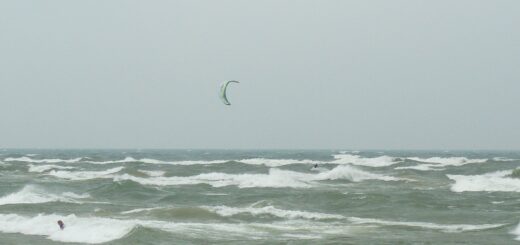Organic matter’s role in reducing mercury levels examined in new report
0
Findings published in Proceedings of the National Academy of Sciences by Oak Ridge National Laboratory’s Liyuan Liang and Baohua Gu help explain previously reported seemingly contradictory findings.
Exactly how mercury enters the food chain remains a mystery and is an area of recent research. Core samples have shown that post-industrialization levels of mercury are about 3-5 times that of historical sediments. Although total amounts of mercury delivered to lakes is small, it is heavily absorbed by organic material floating in the water.
Organic material, such as bacteria, takes up the mercury in its inorganic form and coverts it into the toxic methylmercury. This hazardous substance is slow to be eliminated by organisms, quickly moves up the food chain, and builds up over time in the sediment as animals die and come to rest on the bottom. Many scientists think high levels of acidity and dissolved organic carbon in the water increase the mobility of mercury in the environment.
Organic material, however, also appears to be able to convert methylmercury into a less toxic form. The Department of Energy’s Oak Ridge National Laboratory has been conducting research to better understand this phenomenon. Specifically, they want to know why these transformations occur in anoxic environments — those lacking any oxygen.
“Until now, reactions between elemental mercury and dissolved organic matter have rarely been studied in anoxic environments,” said Baohua Gu of the lab’s Environmental Sciences Division. A recent paper published by Gu’s team in the Proceedings of the National Academy of Sciences reports that low concentrations of dissolved organic compounds can chemically reduce mercury. If these concentrations increase, however, the reaction is greatly inhibited.
This shows that, in an anoxic aquatic environment, organic matter is capable of binding to and reducing mercury, resulting in less mercury available for microorganisms to convert into methylmercury.
The team hopes its findings have long-term results in understanding and controlling the production of methylmercury, as it is a “global problem of enormous significance,” according to co-author Liyuan Liang.
Mercury is spread around the world through heavy industry, including the burning of coal, and also through natural processes such as volcanoes and mercury deposits.
Natural Dissolved Organic Matter Plays Dual Role in Cycling of Mercury [newswise.com] Mercury Cycling in the Environment [USGS]
Image Credit: ORNL photo by Jason Richards













